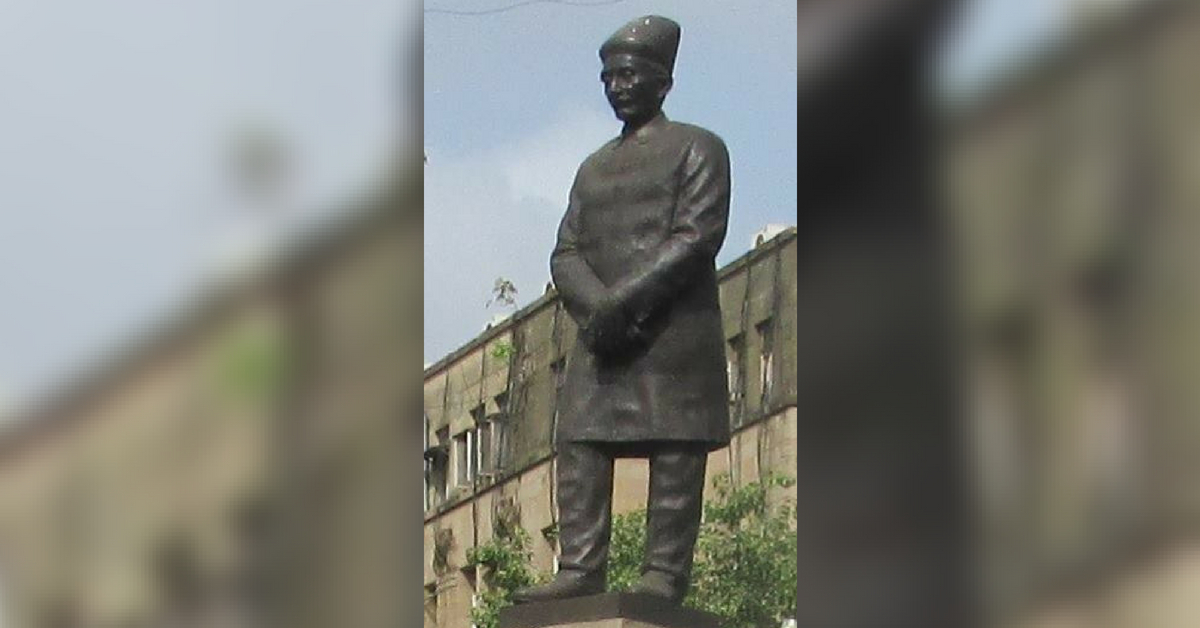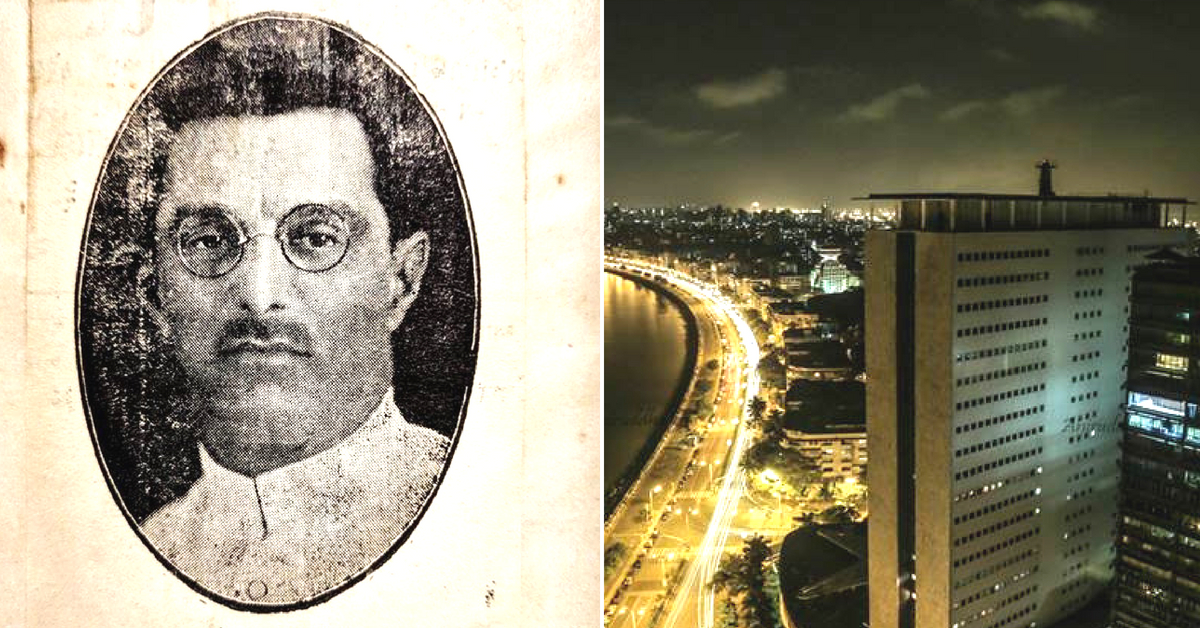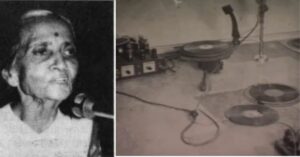Veer Nariman, The Fiery Parsi Lawyer Who Led Bombay’s Civil Disobedience Movement!
Nariman was a follower of Gandhi, and was instrumental in exposing British corruption.
As the nation approaches its 72nd Independence Day, we bring you stories of #ForgottenHeroes of #IndianIndependence that were lost among the pages of history.
‘Veer’ Nariman was the Mayor of Mumbai in 1935 for a year. The organiser of the civil disobedience movement (Salt March) in Bombay, he led the Bombay province contingent at the All India Congress Committee (AICC).
Khurshed Framji Nariman was a stalwart in the Indian National Congress. He completed a degree in BA and LLB and started his career as a lawyer. His political career as a youth leader was followed by his tenure at the Bombay Municipality, where he was supported by Sardar Vallabhbhai Patel.
Nariman was launched into the public eye in 1928, when, as an independent and courageous politician, he led a protest against the British Engineer George Buchanan. This was during the time of the Bombay “Backbay Reclamation” scandal. Cited for libel, Nariman exposed the inner corruption and the financial scandals within.

Bombay’s Backbay Reclamation was first suggested in the 1860s, then raised once again in the 1920s, according to a report in The Guardian. A seawall more than 6 km in length would create more than a thousand acres of land. Added to that will be the rock blasted from a hill some 30 km away, and 25 million cubic yards of mud would be excavated by the dredging craft.
It was only when work began that the dredger was found to have a lower capacity owing to the hard mud. It was Nariman who led the attack against the ‘Back bay bungle’, as it was called, attacking the British administrators in the courts and the press, calling them out for their incompetence.
Railing against corruption, Nariman was not hesitant to accuse the British administrators, and it is this activism that led to a part of the Back Bay to be named after him.
Thanks to Khurshed Framji Nariman, we now have an area that houses some of India’s most prestigious business headquarters. It remains one of the more expensive business districts in India. Formerly part of the Arabian Sea, Nariman Point was born when the shallow sea-front was filled with debris from different parts of the city. Reinforced concrete cement was used, the steel for which had to be purchased on the black market at higher prices due to World War II.
A sign went up outside one of the first edifices saying “Nariman had a point and we are on it”, The Guardian mentions.
Nariman was a strong voice for complete Indian independence, rather than dominion status. During the year 1930, Nariman was influenced by Mahatma Gandhi. It was Nariman who led the Civil Disobedience Movement aimed at protesting against the unfair tax on salt.
Nariman was the President of the Bombay Provincial Congress. When the Congress secured a majority in six provinces in 1937, it was widely expected that Nariman would be chosen to be a leader of the Congress Legislative Party. However, a lesser known lawyer was named. Nariman was passed over in the selection of the chief minister, in favour of B G Kher.

Nariman did not find favour with the Congress party again, due to the charges that he placed on them. He complained of a communalist bias to the party high command. However, Jawaharlal Nehru did not take up an investigation. Even his idol, Mahatma Gandhi responded to a separate appeal, but could not find any proof for Nariman’s complaints.
Nariman then tried his luck in establishing himself in the freedom movement through the All India Forward Bloc (founded in 1939 by Subhas Chandra Bose) but wasn’t successful.
You may also like:- Benoy Badal Dinesh: The Story of Three Brave Boys Who Took The Battle to the British!
The resident of Readymoney Mansion near Horniman Circle now has a road named after him–the Veer Nariman Road.
A strong voice for independence, a steadfast opinion against corruption and a great lawyer, statesman and patriot. Khurshed Nariman was truly one of a kind!
(Edited by Shruti Singhal)

Similar Story

When a 22-YO Ran a Secret Radio Station for India’s Freedom: Usha Mehta’s Biopic
In the upcoming biopic Ae Watan Mere Watan, actor Sarah Ali Khan will essay the role of freedom fighter Usha Mehta, who ran a secret radio station at a crucial point in India’s freedom struggle.
Read more >
If you found our stories insightful, informative, or even just enjoyable, we invite you to consider making a voluntary payment to support the work we do at The Better India. Your contribution helps us continue producing quality content that educates, inspires, and drives positive change.
Choose one of the payment options below for your contribution-
By paying for the stories you value, you directly contribute to sustaining our efforts focused on making a difference in the world. Together, let's ensure that impactful stories continue to be told and shared, enriching lives and communities alike.
Thank you for your support. Here are some frequently asked questions you might find helpful to know why you are contributing?


This story made me
-
97
-
121
-
89
-
167












